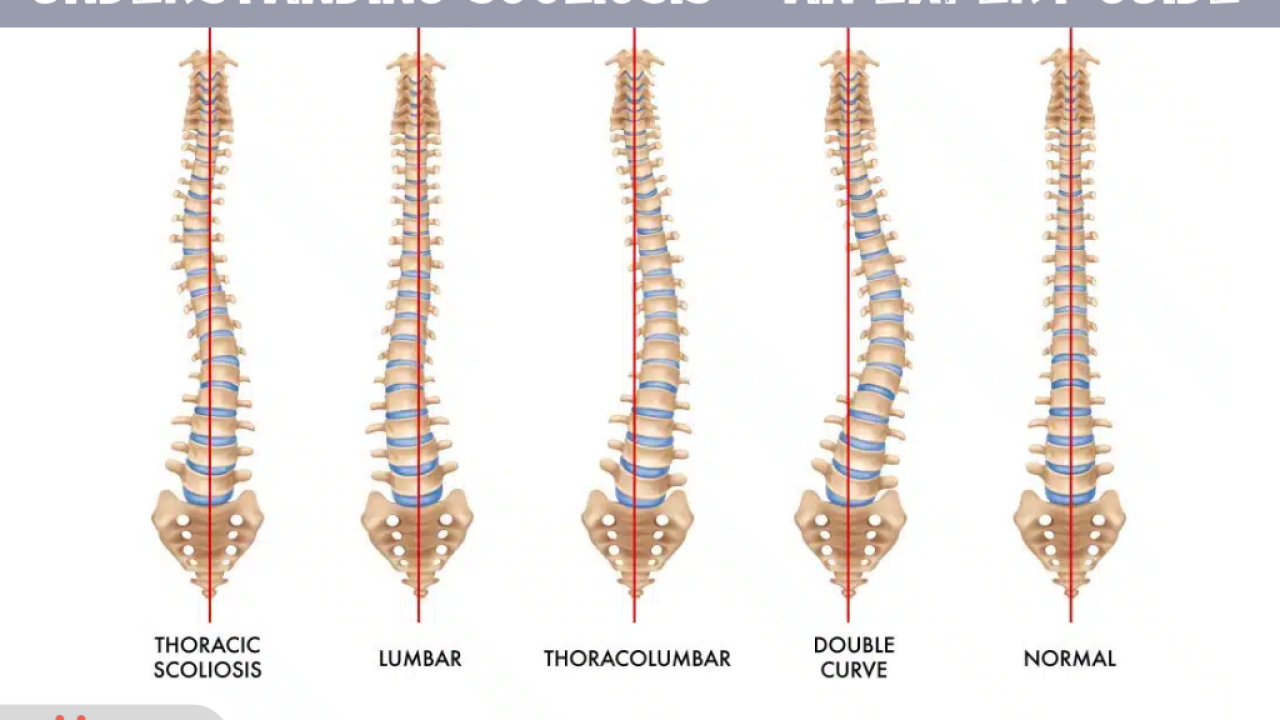Understanding Scoliosis - An Expert Guide
Posted on 14 February, 2024 by siora surgical

Scoliosis is a medical condition characterized by an abnormal lateral curvature of the spine, causing it to curve sideways. This condition often develops during a child's growth spurt just before puberty, but it can also be found in adults. While most cases of scoliosis are mild, some may progress and lead to health issues if left untreated. In this blog, we will explore what scoliosis is, its causes, symptoms, diagnosis, and available treatment options.
To get a CE-certified range of spinal implants, look for experienced Spinal Implants Manufacturers.
Understanding Scoliosis
The human spine is naturally curved, but in individuals with scoliosis, the spine curves excessively to the side, forming a C or S-shaped curve. The cause of scoliosis is not always clear, but it is generally categorized into three types: idiopathic, congenital, and neuromuscular.
Idiopathic Scoliosis: This is the most common type, accounting for about 80% of all cases. Idiopathic scoliosis has no clear cause and typically develops in children and adolescents during their growth spurt.
Congenital Scoliosis: This type is present at birth and occurs due to abnormalities in the development of the spine.
Neuromuscular Scoliosis: This type is associated with conditions such as cerebral palsy or muscular dystrophy, where the muscles supporting the spine are weakened.
What Are the Symptoms of Scoliosis?
The signs and symptoms of scoliosis depend on the severity of the bend in the spine. Common signs include uneven shoulders, one shoulder blade that appears more prominent than the other, uneven waist, and a noticeable curve in the spine. In some cases, scoliosis may lead to back pain or respiratory issues if the curvature affects the chest cavity.
What is the Diagnosis of Scoliosis?
Scoliosis is often diagnosed through a physical examination, where a healthcare professional will observe the patient's spine and look for asymmetry or curvature. Additionally, X-rays may be taken to measure the degree of curvature and determine the type of scoliosis. Early detection is crucial for effective management, as it allows for timely intervention to prevent further progression.
What Treatment Options Are Available for Scoliosis?
The treatment approach for scoliosis depends on the severity of the curvature, the age of the patient, and other individual factors. Monitoring may be enough for mild cases; however, severe cases of scoliosis arise the need for bracing or even surgery.
Observation: In cases where the curvature is mild, regular monitoring through physical exams and X-rays may be sufficient.
Bracing: For moderate cases, a brace may be recommended to prevent further curvature progression. Bracing is often prescribed for adolescents who are still growing.
Surgery: In severe cases, especially when the curvature is greater than 40-50 degrees, surgery may be considered. The surgical procedure involves straightening the spine and fusing the affected vertebrae to maintain alignment.
Conclusion
Scoliosis is a common condition that affects the curvature of the spine, with various causes and symptoms. While some cases may be mild and require only monitoring, others may need more intensive interventions such as bracing or surgery. Early detection and proper management are crucial in ensuring the best possible outcomes for individuals with scoliosis. If you suspect scoliosis or notice any signs and symptoms, it is important to consult with a healthcare professional for a thorough evaluation and appropriate guidance.
Stay updated about the advancements in the healthcare industry by participating in medical conferences like the Uganda Pharma Healthcare Trade Show.